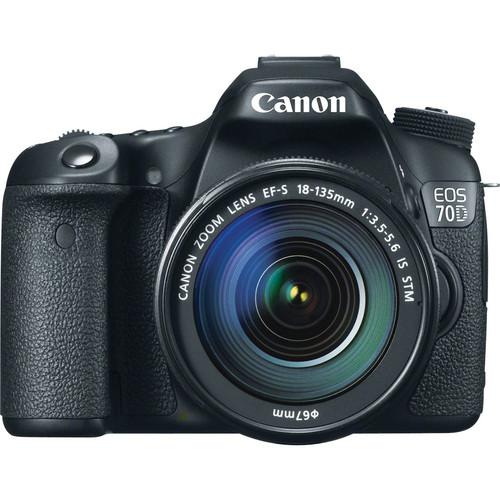This post is from our other contributor, Jon. Jon is a pro photographer with a lot of experience who will be covering the HDSLR movement from a pro perspective. Go take a look at his portfolio, some great rock climbing shots there!
Since Adobe created Lightroom 4 years ago the software has changed the way photographers work in such a profound way that many have wondered if this little gem might just someday replace the need for Photoshop all together- for most photography needs anyway. Anyone who has used Lightroom extensively as the de-facto front line in their digital workflow can attest to the power of the program as not only an essential digital asset management tool, but also as a potent developing and publishing tool.
With the release of LR3, the gap between what is necessary in Photoshop for photographers and what is achievable in Lightroom has once again shrunken. Why do I mention that? Well, in the past Lightroom has been most valuable as a digital asset management (DAM) tool- importing, renaming, adding /editing meta data, organizing, cataloging etc have all been staples of the program since it’s introduction, along with the added benefit of being able to publish images to web galleries, contact sheets, print, or various resizing options. But LR has come a long way since it’s inception and with each new incarnation it’s become more and more relevant as a developing tool as well. While it has not yet replaced Photoshop for the really heavy lifting in digital imaging, for many photographers it may well be a one stop solution for the majority of their work.
The focus of this review will be to cover the most significant new features in LR3 that I will break down by module over the new few posts. In the meantime, here’s a quick overview of the new features. Be sure to stay tuned for a more in depth analysis of each in the subsequent posts.
So what’s new in LR3?
Accelerated Performance via new 64-bit software engine
Adobe claims that the new version has accelerated performance over previous versions, which we can assume comes in large part from the new 64-bit engine. In case you’re unfamiliar with 64-bit, in short it allows for better leveraging of your systems RAM and therefore potentially increases performance. However, to reap that 64-bit lovin’ you’ll need to be running an operating system that supports 64 bit – Mac Snow Leopard or Windows 7. More on this to come..
Support for Video Files
The key word left out here is “limited”, as the support for video does not extend beyond the Library Module, meaning you can import and achieve general cataloging and organizing tasks but that’s about it. However, we’ll be exploring some of the possibilities with this new feature that may surprise you.
Camera Raw 5.7 Processing
LR uses the newest Adobe Camera Raw engine, which is a much improved and powerful RAW converter found in Photoshop CS5. However, if you’re not using CS5 (and therefore ACR 5.7) you’ll have to jump through a couple extra hoops to gain the benefits, which I’ll be covering.
Noise Reduction performance
In short it’s excellent, far better than anything we’ve seen from Adobe to date. I’ll be covering this individually since it’s sure to be a topic of interest for most photographers. I’ll be showing side-by-side comparisons with previous versions, as well as comparisons to other NR software like NIK Dfine and Imagenonic’s Noiseware Pro. Should be interesting.
Improved Watermarking
Perhaps one of the biggest improvements over previous versions is the improved watermarking feature, which is such a vast upgrade from the horrendously limited version that it alone could be worth the upgrade. Forget having to create a droplet in Photoshop and batch export in LR in order to have a custom watermark. LR3’s new engine has full support for custom watermarks and more flexibility for creating a simple text based watermark.
New Import Dialog
A nice upgrade to the import dialog, overall it’s more of an aesthetic change than a complete revamp. Of course, previous versions were great and for those used to the simplicity and speed of past versions it may take some time to grow on you… I’ll explain why in upcoming posts.
Lens Correction Tool
Finally! One of the most useful and essential upgrades in the new software is the all mighty lens correction tool, taken directly from Photoshop. For those of you familiar with this tool it is an absolutely essential tool and a welcome addition. Not only does LR now include the tool but also has built in camera /lens profiles (similar to DXO optics) for precise and automated lens correction.
Tethered Shooting
Another welcome feature, the new tethered shooting option eliminates the need for the camera manufacturer’s propitiatory capture software getting in the middle of shooting tethered and importing to Lightroom. Is it as effective as Nikon Capture or Canons Digital Photo Pro? I’ll let you know when we get to the Library section of the review.
There are a few other less significant new features I’ll be covering that are not game changing per se but still nice features for some folks. These include the ability to add film grain, improved slideshow capabilities (including exporting slideshows to mp4 and support for audio), new publishing options, and some new print options, among others.
I’ll also be breaking down what WASN’T included in the new update, and what we can /should expect from Adobe in the future with Lightroom.
 Canon5Dtips Photography is more than words.
Canon5Dtips Photography is more than words.






